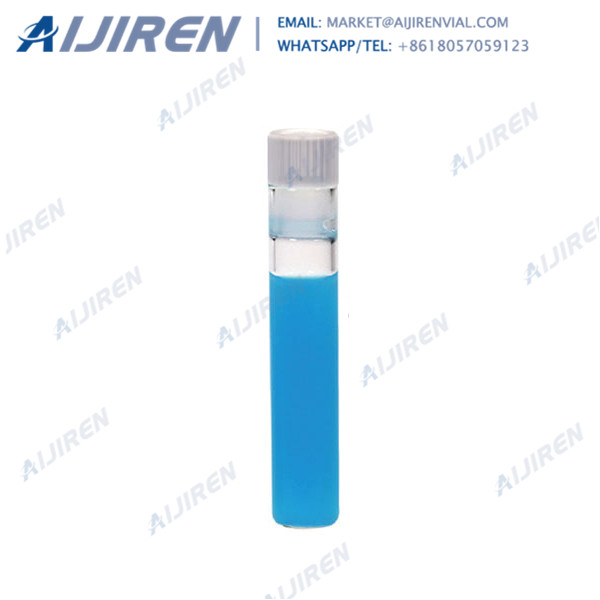
V181 1ml shell vials,1st hydrol glass,clear, 8mm PE-Plug,soft, without insertion 8.2*40mm 1ml Glass Shell Vial Clear Micro-Insert, with 8mm PE-Plug, 40mm x 8.2mm (Pack of 100) 1st Hydrol Class Clear Glass 8mm PE-Plug Soft without insertion barrier for Micro-Insert Shell vials feature thicker walls for safer sample handling.
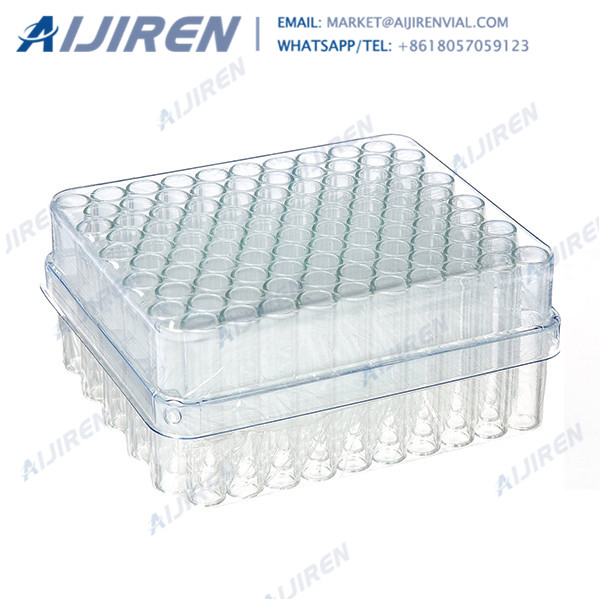
Sample vials secure your content and ensure its integrity. Our selection of sample glass vials provide storage for all types of samples. Choose from various vial types, colors, sizes, cap liners, and caps to meet your individual application.
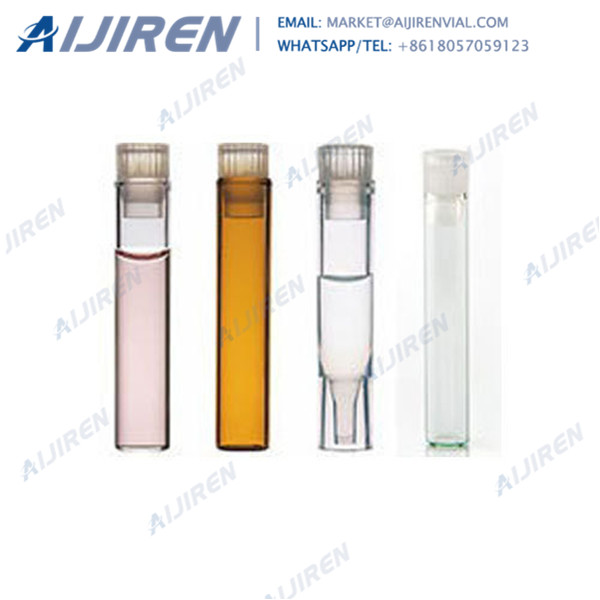
Buy Cole-Parmer Shell Vials with Plugs and more from our comprehensive selection of Chromatography and Autosampler Vials from Cole-Parmer Canada
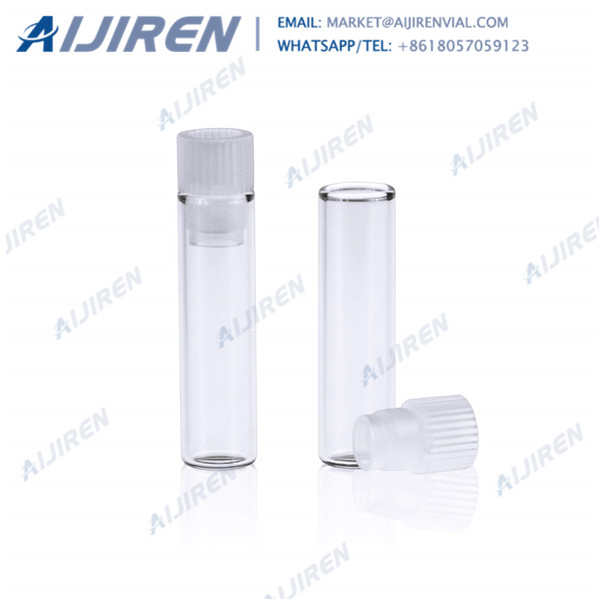
Vial, Closure and Septa Selection Guide. Use this as a guide to selecting the products you need. For technical assistance, contact Supelco Technical Service at (800) 359-3041 or e-mail us at techservice@sial.com.
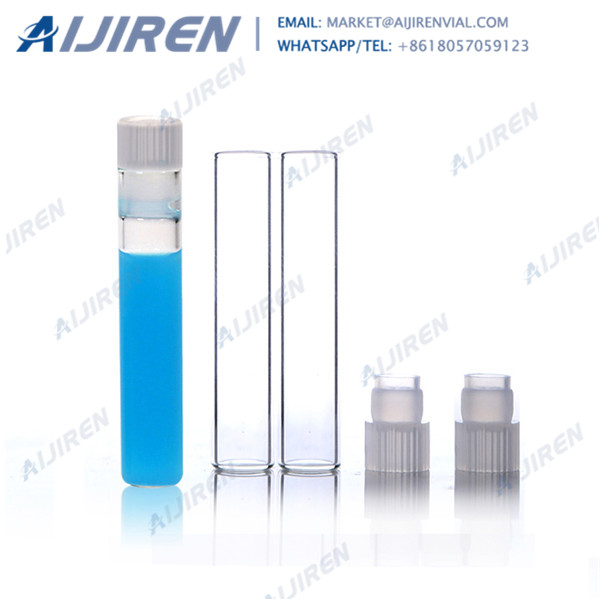
A Shell and tube heat exchanger is a class of heat exchanger. It is the most common type of heat exchanger in oil refineries and other large chemical processes. As its name implies, this type of heat exchanger consists of a shell (a large vessel) with a bundle of tubes inside it. 1 Theory and application 2 Shell and tube heat exchanger design 2.1 Selection of tube material 3 See also Two
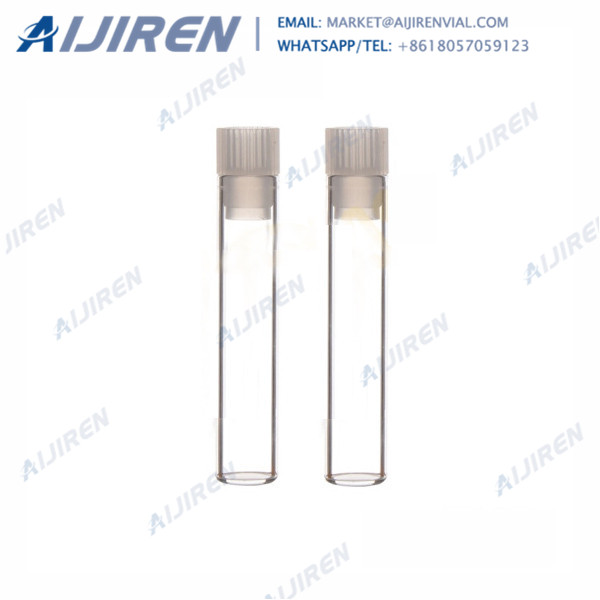
548-1856 548-1855 548-1854. Shell vials PP with PE plug. Vials Chromatography Vials. These vials are suitable for use with instruments from the following manufacturers: Alcott, Gilson, Shimadzu and Waters® (Wisp 96 respectively 48-position carousel). Vial/closure combination for non critical analyses.
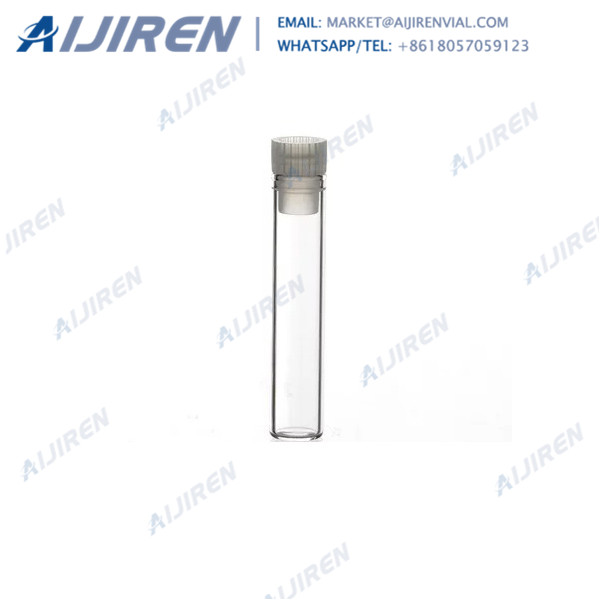
Pentair sand filters use a two stage plug – with their common 1/4in. Butterfly Plug , as I call it, to allow the filter to drain water for winterization or repairs. This 1/4in. plug has a small o-ring that is important to maintaining a proper seal, however 3 wraps of Teflon tape around the plug threads, in place of the o-ring will usually
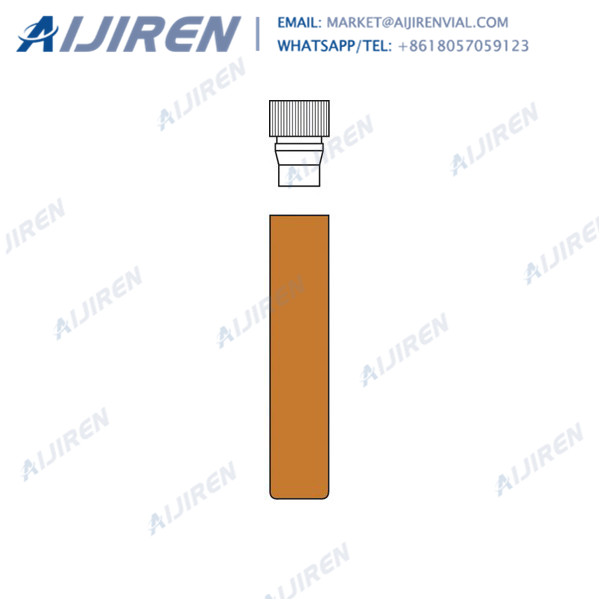
Jun 13, 2020 · Rapidity achieved without compromise in sensitivity has made shell vial cell culture an important technique in diagnostic virology. This technique can be used to detect most viruses that grow in conventional cell culture and especially useful for viruses that require relatively long incubation for producing cytopathic effect (CPE).

Call us +1-888-207-3775 M-F 8:30am - 5pm. EST. or use our Contact Form
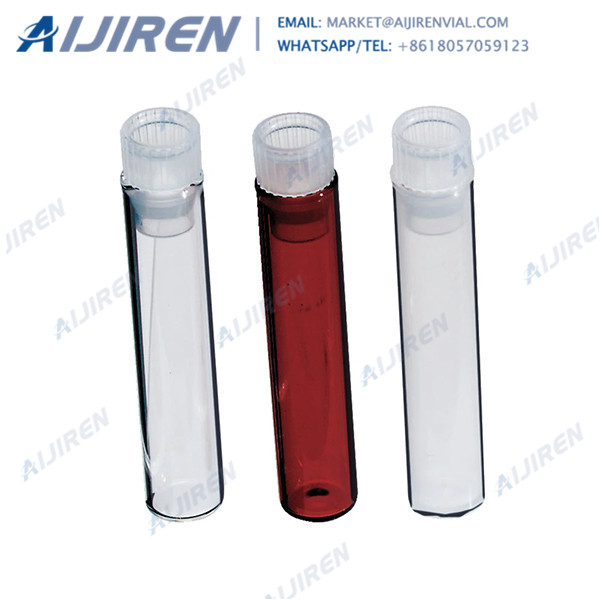
Our specialty shell vials offer excellent chemical-resistance, thermal properties, and clarity and can be configured with polyethylene plug caps. Ampules Our ampules, available in clear and amber glass, are ideal for standards packaging, environmental and diagnostic standards, lyophilization and cryogenic storage.

The vials can be used on all common autosamplers due to their technical geometry, preferentially they are found on Aijiren, HTA, Shimadzu, Thermo, Varian, Waters, etc. 9mm screw thread caps, septa, and vials are designed especially for use with Aijiren’s and other rotating or robotic arm samplers.
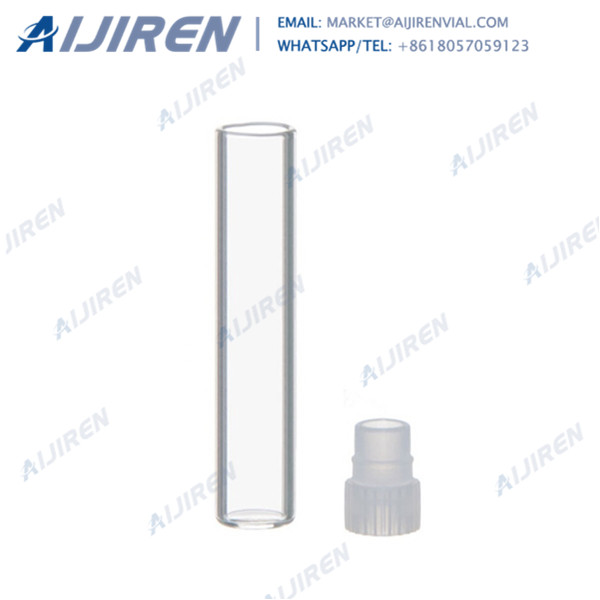
Shell Glass Vials are an economical choice for many routine HPLC applications. Available in many sizes, they are sold as kits with caps to assure proper fit and function. Shell vials are packed in a convenience kit containing push in polyethylene plugs.
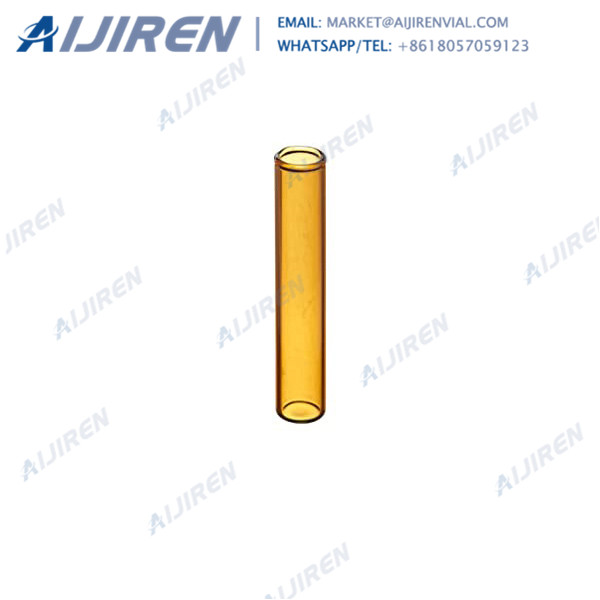
Required Cookies & Technologies. Some of the technologies we use are necessary for critical functions like security and site integrity, account authentication, security and privacy preferences, internal site usage and maintenance data, and to make the site work correctly for browsing and transactions.
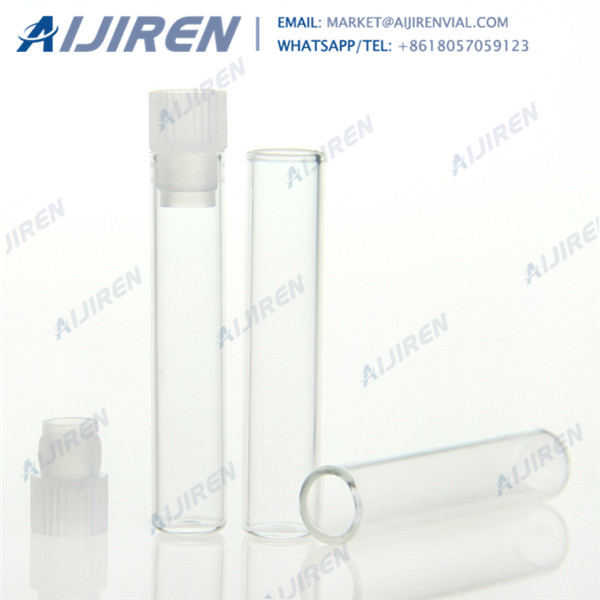
Product Description 1.The tear-away design of the polyethylene plug closure ensures excellent penetration and ventilation during sampling 2.Shell vials are kitted unassembled with the appropriate Compare this product Remove from comparison tool
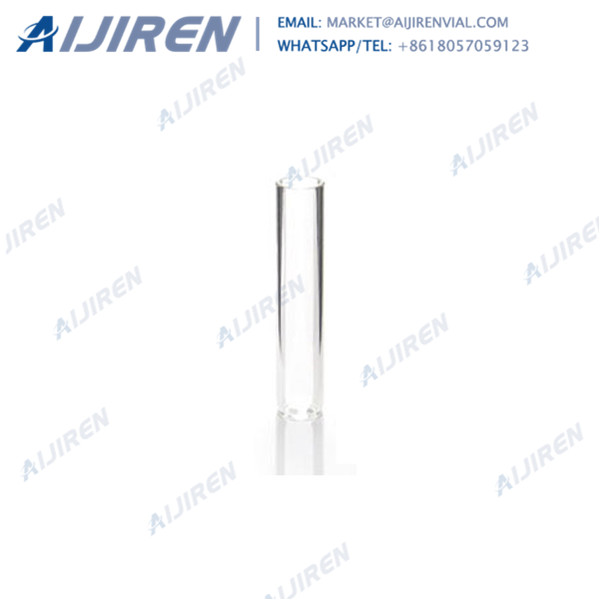
The shell-vial culture assay is performed routinely in our laboratory. Recently we revisited our experience of using the shell-vial culture assay for the isolation of microorganisms from various clinical samples. Over a 13-year period, we have isolated 580 bacterial strains (5%) from 11,083 clinical samples tested. Over the same period, 285 isolates of rickettsiae, bartonellae, or Coxiella